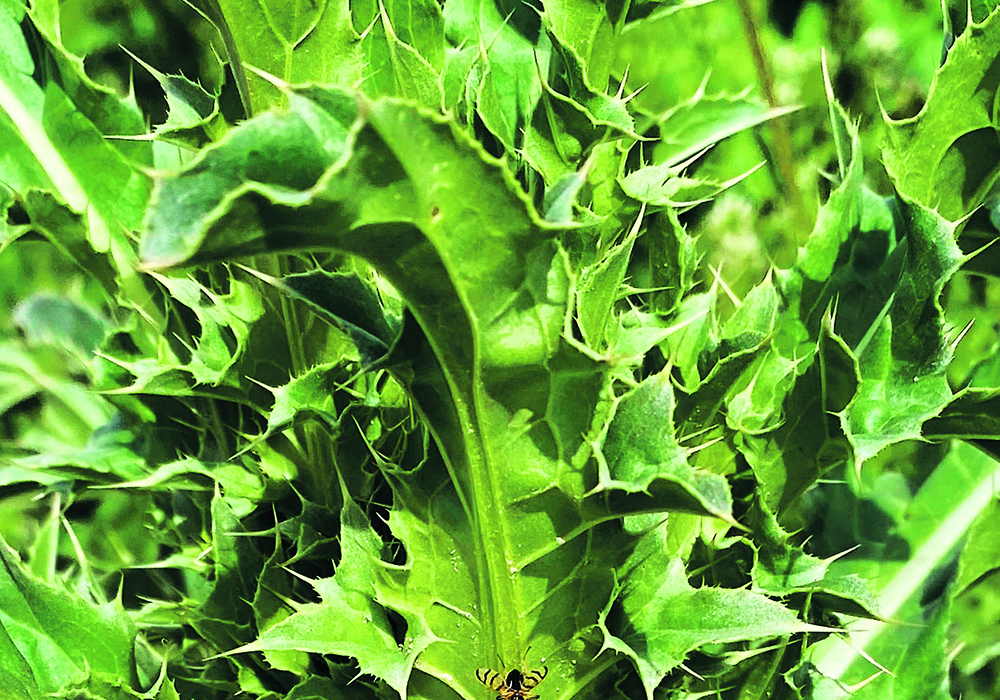Goat’s beard is a tough to kill weed once it reaches maturity. This tap-rooted pest is fond of minimum tillage fields.Goat’s beard is a tough to kill weed once it reaches maturity. This tap-rooted pest is fond of minimum tillage fields.
The weed can be relatively short or up to a metre in height and has bright yellow flowers with bracts that extend beyond the petals. The floating seedpods can fill machinery radiators during haying or harvest.
Typically, goat’s beard is controlled in cropped fields right after harvest or before seeding.
Read Also

Defence investments could benefit agriculture
A bump in Canada’s NATO spending commitments could lead to infrastructure investments that would benefit rural areas
In pastures, it best to wait until its leaves are fully expanded.
Pre-seeding and post-harvest 2,4-D amine herbicide (500 grams per litre) can be applied at .91 litres per acre. Dichlorprop mixed with 2,4-D at 1.62 litres per acre can also be tried.
Attain, fluroxypyr and 2,4-D can be effective when applied at a rate of a case per 53 acres. There are a few cropping restrictions in the first year and none in the second.
For pasture applications, 1.86 litres can be used with 20 to 30 gallons of water per acre. The dicamba will also be useful on pasture sage in some locations. There is a 40 day grazing restriction and no re-cropping restriction the year after application.
In pastures, Dyvel DSp can also be used at 1.3 litres per acre. There are no cropping restrictions the following year, but grazing is closed for 30 days after application.
Restore, aminopyralid and 2,4-D can also be used on pasture in spring and early summer. It has a relatively short grazing restriction of seven days. However, don’t seed broadleaf crops into this land for three years.
With any of these, alfalfa and clover will be severely damaged
Goat’s beard’s proper name is Tragopogon dubius. It is a biennial, occasionally a short-lived perennial and reproduces by seed.














